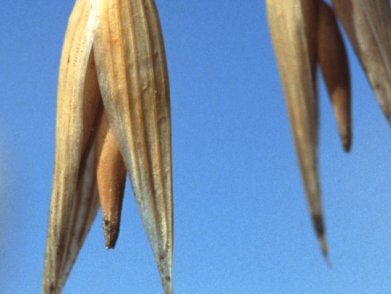Scab Disease, or Fusarium head blight, is caused by a fungus called Fusarium graminearum. Scab disease causes kernels of affected wheat and barley to appear shrunken and chalky-white. The fungus also produces a mycotoxin that can diminish the grain’s value or make it less safe to eat.
Treatment with fungicide can reduce scab, but farmers are required to stop using the chemicals soon after wheat starts to flower. An alternative to fungicides is to exploit the ability of some microorganisms to outcompete F. graminearum for space and nutrients.
David Schisler, U.S. Department of Agriculture (USDA), and Mike Boehm, Ohio State University, USA, are taking this approach with variants of the yeast Cryptococcus flavescens and have developed strain OH 182.9 3C, a fungicide-tolerant variant of C. flavescens.
Varient 3C can be applied to wheat alone or combined with prothioconazole or other fungicides. When combined with prothioconazole, 3C reduced kernel damage by 85 % versus 60 % for prothioconazole alone.



